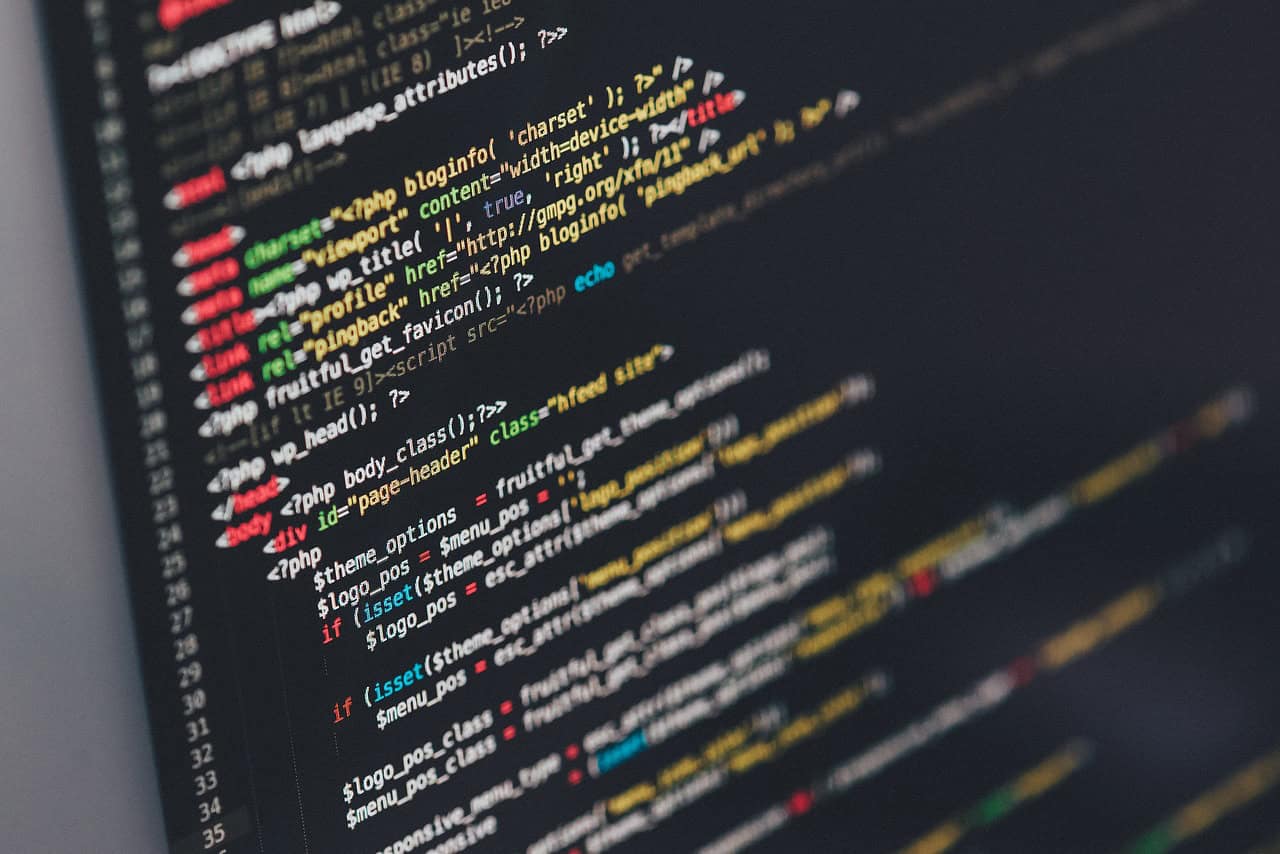Mastering OpenCV-Python: Elevate Your Computer Vision Projects
Estimated reading time: 7 minutes
- Robust functionalities for handling complex image processing tasks.
- Seamless integration with Python’s ecosystem.
- Cross-language compatibility for versatile applications.
- Quick installation and easy start for developers.
- Vast applications ranging from basic image processing to advanced machine learning.
Table of Contents
- Understanding OpenCV and Its Python Bindings
- Key Features of OpenCV-Python
- Getting Started with OpenCV-Python
- Applications of OpenCV-Python
- Integrating OpenCV with Numpy
- Development History and Support
- Cross-Platform and Hardware Support
- Practical Takeaways for Python Developers
- Conclusion
- Call to Action
- FAQ
Understanding OpenCV and Its Python Bindings
OpenCV (Open Source Computer Vision Library) is a highly acclaimed library designed primarily for real-time computer vision and image processing. With extensive application potential ranging from facial recognition to optical character recognition, OpenCV-Python acts as a bridge between this powerful library and Python, allowing developers to take advantage of OpenCV’s capabilities within the Python programming environment. You can find more details about OpenCV here and here.
Key Features of OpenCV-Python
1. Support for Computer Vision Tasks: OpenCV-Python excels in handling a myriad of computer vision tasks such as:
- Image and video analysis
- Facial recognition
- License plate detection
- Optical character recognition (OCR)
Discover more capabilities here.
2. Cross-Language Compatibility: OpenCV is not just limited to Python; it supports multiple programming languages, including C++, Java, and more, making it versatile across various platforms (source).
3. Speed and Efficiency: Although operational functionalities are implemented in C++, when accessed via Python, OpenCV preserves the speed typically associated with native C++ code through automatic generation of Python wrappers from C++ headers (source).
Getting Started with OpenCV-Python
Installation Process
To successfully implement OpenCV-Python in your projects, you need to install the opencv-python package along with numpy for array manipulations and matplotlib for displaying images. Installation can be accomplished easily via pip:
pip install opencv-python numpy matplotlib
For detailed installation guidance, visit this link and check out the tutorial here.
Applications of OpenCV-Python
OpenCV-Python has vast applications ranging from basic image processing to advanced machine learning integrations. Here are some prominent use cases:
- Image Processing:
- Performing pixel manipulation
- Implementing geometric transformations
- Editing and enhancing images
For additional insights on image processing with OpenCV-Python, visit this tutorial.
- Mathematical Tools and Algorithms: OpenCV comes packed with diverse mathematical tools essential for robust image analysis and processing. Learn more about it here.
- Machine Learning Integrations: Its ability to integrate with machine learning libraries makes OpenCV suitable for tasks that require visual data processing and analysis.
Integrating OpenCV with Numpy
One of the standout features of OpenCV-Python is its seamless integration with Numpy arrays, enabling easy conversions between OpenCV’s cv::Mat and Numpy arrays. This fluid interaction facilitates the application of various mathematical operations on images using Numpy, streamlining the process of data manipulation (source).
Development History and Support
OpenCV has a rich history, originating from Intel in 1999, initially spearheaded by Gary Bradsky. Over the years, it has garnered immense community support that ensures ongoing development and adaptation in the rapidly-advancing field of computer vision (source).
Cross-Platform and Hardware Support
OpenCV-Python is designed to run on various platforms including Windows, Linux, and OS X, as well as mobile operating systems like Android and iOS (source). Additionally, it offers interfaces for high-speed GPU operations using CUDA and OpenCL, enhancing performance for demanding tasks (source).
Practical Takeaways for Python Developers
- Start Simple: If you’re new to OpenCV, begin with simple image manipulation tasks. As you grow more comfortable, gradually explore complex functionalities.
- Utilize Resources: Leverage online tutorials and documentation to enhance your understanding of OpenCV-Python functionalities.
- Experiment and Build Projects: Engage in projects utilizing OpenCV to solidify your learning and improve your portfolio.
- Community Engagement: Participate in the OpenCV community forums to interact with other developers, share insights, and seek help.
Conclusion
OpenCV-Python serves as a versatile and powerful tool for both beginner and advanced Python developers. With its extensive functionalities, practical applications, and efficient integration with Python, it is an essential library for anyone looking to delve into computer vision.
At TomTalksPython, we are committed to helping professionals and learners alike navigate the complexities of Python programming. Our goal is to empower you with the knowledge and skills necessary to harness the full potential of Python and its associated libraries.
Call to Action
Are you eager to explore more about Python and its captivating libraries? Check out our collection of resources at TomTalksPython for additional tutorials and expert insights to aid you in your programming journey!
FAQ
What is OpenCV-Python? OpenCV-Python is a Python binding for implementing the Open Source Computer Vision Library (OpenCV), enabling the use of powerful computer vision functionalities in Python.
How can I install OpenCV-Python? You can install OpenCV-Python using pip with the following command: pip install opencv-python numpy matplotlib.
Can I use OpenCV with other programming languages? Yes, OpenCV supports various programming languages including C++, Java, and more, making it a versatile library.
What are some applications of OpenCV-Python? OpenCV-Python can be used for image processing, facial recognition, license plate detection, and many other computer vision applications.
Is OpenCV-Python compatible with machine learning? Yes, OpenCV-Python can integrate with various machine learning libraries, making it suitable for tasks that involve visual data processing.
**Disclaimer**: Please consult a professional before acting on any advice or suggestions presented in this article.
References
- OpenCV Introduction
- OpenCV Binding Basics
- Loading Images with OpenCV-Python
- Mathematical Operations with OpenCV
Dive into the world of computer vision with OpenCV-Python, and unleash your creativity as you craft innovative applications!
